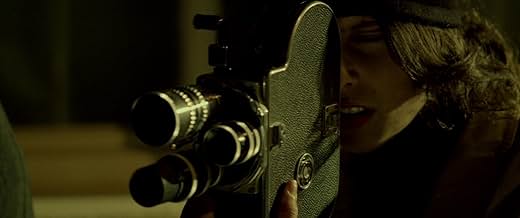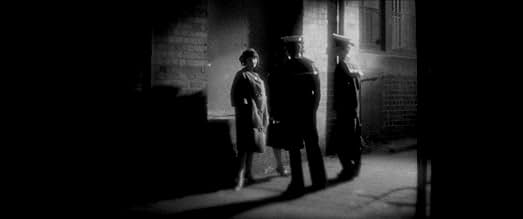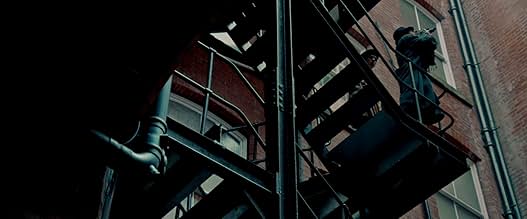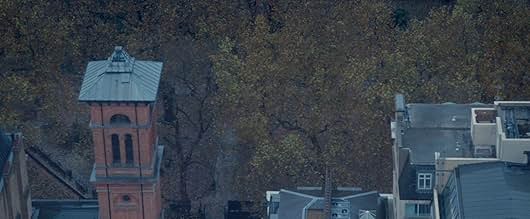I wanted to like this film, but it didn't take long until it became clear it's simply awful.
First, there is little attempt to create any sense of 1950s periodicity. Some token gestures are made with costumes (apparently, nearly everyone in the 1950s always wore long overcoats) but these are confused, for in some cases, character stylings look more 60s (e.g., documentarian Jo's three-quarter length raincoat and black tights).
Second, for a film so defined by place, it fails of evoke the look of Soho. While I can understand it could be expensive to get the permits for shooting in central London, repeatedly using the Lace Market in Nottingham is not a passable substitute. Towards the end of the film, a couple of moments are particularly anomalous. When James and Harry appear on the banks of the Thames, you can see the skyscrapers of a very modern London behind them. Ok, it isn't necessary to achieve 100% veracity, and so placing The French House on the corner on Old Compton Street can be forgiven (its actually on the southern end of Dean Street). Still, given the establishment's history (meeting place for the French resistance in WW2 etc.), placing ITALIAN flags on the outside signage (green-white-red instead of blue-white-red) is just bizarre!
Third, as other commentators have noted, the acting is just dreadful. There are many performances to dislike here but Chris Wellington as James Compton-Street is probably the least convincing. In the actors' defence, they are burdened by an unactable script that tries to be poetry at times, and occasionally throws in snippets from Comte de Lautréamont. Weird that a film that appears to want to celebrate film should fall back on that old cliché of believing literature, particularly poetry, are higher forms of expression. They are not. Linking back to the first point here, casting choices are also incongruous, with most of the ensemble looking entirely like early 21st century twenty somethings. It wouldn't have taken much, but a few haircuts might have helped create some period plausibility.
Finally, allusions to cinéma verité, Free Cinema, and Dziga Vertov (i.e., eye poster on a wall) appear gratuitous given the film's fumbling artifice.
Having worked in animated film production in Soho during the 80s, I know the place well, but you really don't need any real-world reference to know this is a bad movie.












